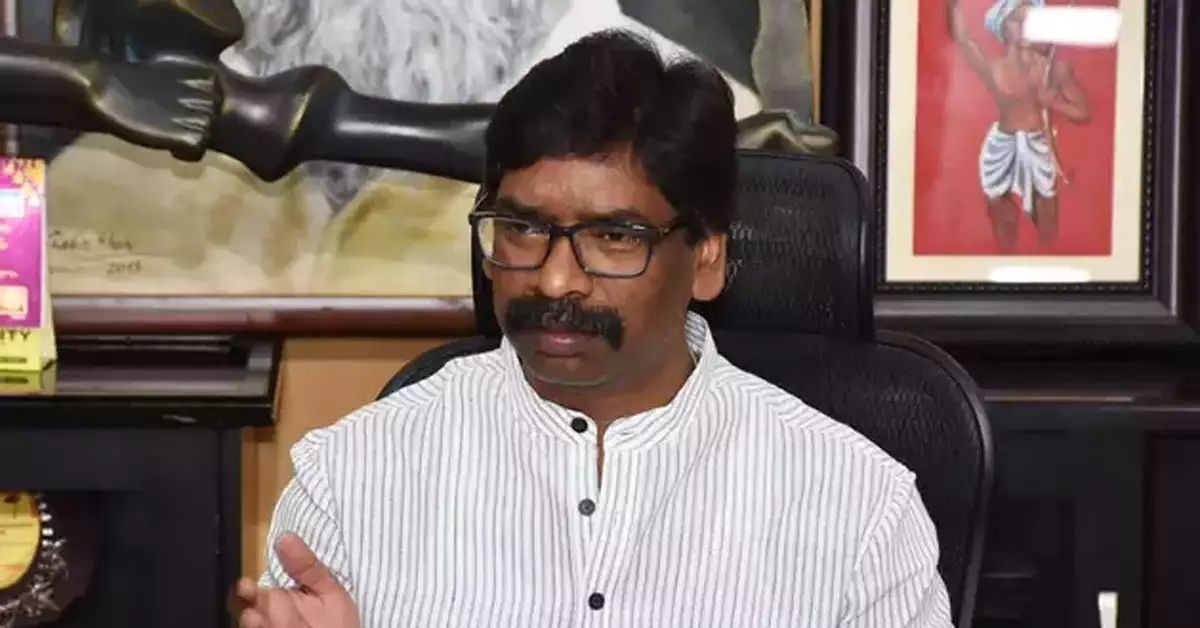The Jharkhand government is offering lucrative sops to industry players for investing in the state that alone houses India’s 40 per cent of mineral wealth with 33 per cent of forest cover.
Showcasing Jharkhand as one of the most attractive investment destinations, the state government on Saturday urged industry players to come forward to invest in proposed projects with investment potential of Rs 1 lakh crore and reap rich dividends.
Promising that the Jharkhand government did not believe in selling “glass as diamonds”, it said it was ready to offer lucrative sops to industry players for investing in the state that alone houses India’s 40 per cent of mineral wealth with 33 per cent of forest cover.
Making a strong case for investment in the state, Chief Minister Hemant Soren said, “If you are looking to invest in agro and food processing, textiles, automobile, electric vehicles, pharmaceuticals and electronic system design and manufacturing to name a few areas, Jharkhand promises exciting opportunities.”
He was addressing a meeting to come out with a Jharkhand Industrial Investment and Promotion Policy here in consultation with stakeholders.
“Jharkhand has huge potential in all areas, be in mines and minerals, forest produce, textiles or vegetables….Entire country knows Tatas…This is the region where he set his foothold…This is the place which saw gigantic establishments like HEC, steel, coal, power and fertiliser and other plants…Unfortunately soon after taking charge as CM, entire country faced this pandemic…Now it is the mission and vision of this government to take it forward on the path of progress with steely resolve,” Soren said.
Apart from being mineral-rich state, Jharkhand ranks second in the country in production of tomatoes, fifth for peas and beans, sixth for cabbage, okra and cauliflower and has over 175 minor forest produce with 33 per cent forest cover.
The proposed draft policy entails subsidy, sops and land for investors.
Production of silk in the state is close to 1,200 tonnes with employment to 1.8 lakh people while Jharkhand is house to leading automobile industry giants like Tata and more than 800 auto ancillary and auto component units are set up at Jamshedpur and Adityapur, the chief minister said.
Listing advantages of investment in Jharkhand, Chief Secretary Jharkhand Sukhdev Singh said it was not the motive of the government to “sell glass as diamond or silver as gold”, it was up to investors to grab this huge opportunity to dig diamond and hone it.
Pointing towards lack of stability so far in the state which became a hindrance for investments, the Chief Secretary said: “Selling something becomes more difficult if the seller is carrying a baggage of legacy issues of political instability and a lack of continuity in policy. I have no hesitation in saying that ever since in its birth in 2000 for nearly a decade and a half the average lifespan of the government in Jharkhand was less than one and a half years.”
He said it was automatic to have doubts and questions about the security and safety of huge investments under such circumstances and added that such things had become the issue of the past as the state had a stable government now under Chief Minister Soren who during the pandemic earned laurels from all quarters by ensuring that migrant labourers, students and citizens were brought back to state whether by trains or airplane including even from Leh and Laddakh and Andaman and Nicobar.
Urging investors to come forward, he said mentioned of mineral wealth of the state.
“Anybody with any industry plan based on minerals or other areas is welcome with open hands,” he said and listed the advantages like wide network of national highways, including stretches of dedicated freight corridor Amritsar- Kolkata passing through Jharkhand, advanced multimodal hub in state for water transport and air connectivity which was being strengthened further with plans of setting up more airports.
State industries secretary Pooja Singhal made a detailed presentation before the investors in this regard.
The state aims to develop connectivity web of air, road and rail network that will help industries and manufacturing units switch seamlessly between different modes of transport as they send their goods to markets in India and abroad.
Source: Economic Times







